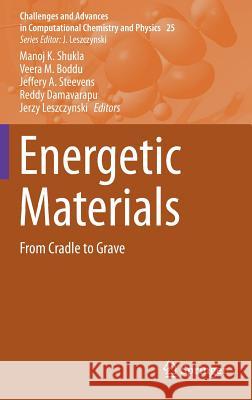Energetic Materials: From Cradle to Grave » książka
topmenu
Energetic Materials: From Cradle to Grave
ISBN-13: 9783319592060 / Angielski / Twarda / 2017 / 482 str.
Kategorie BISAC:
Wydawca:
Springer
Seria wydawnicza:
Język:
Angielski
ISBN-13:
9783319592060
Rok wydania:
2017
Wydanie:
2017
Numer serii:
000380474
Ilość stron:
482
Waga:
0.85 kg
Wymiary:
23.39 x 15.6 x 2.69
Oprawa:
Twarda
Wolumenów:
01
Dodatkowe informacje:
Wydanie ilustrowane











